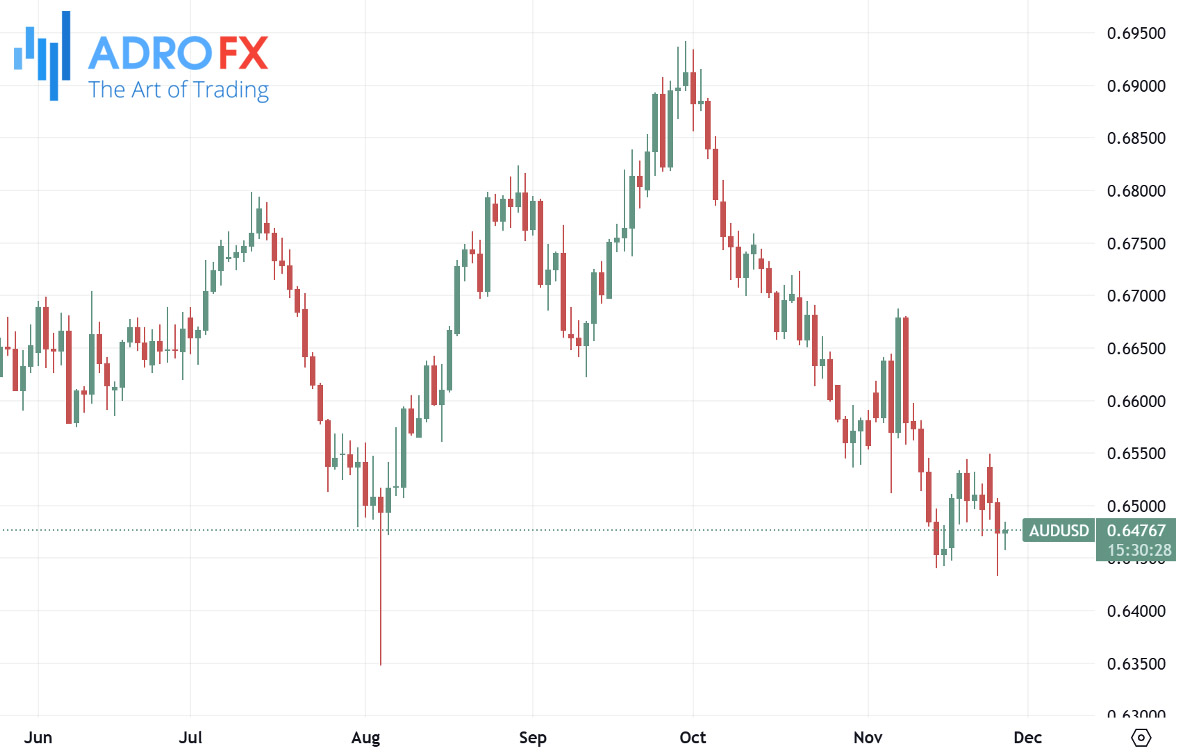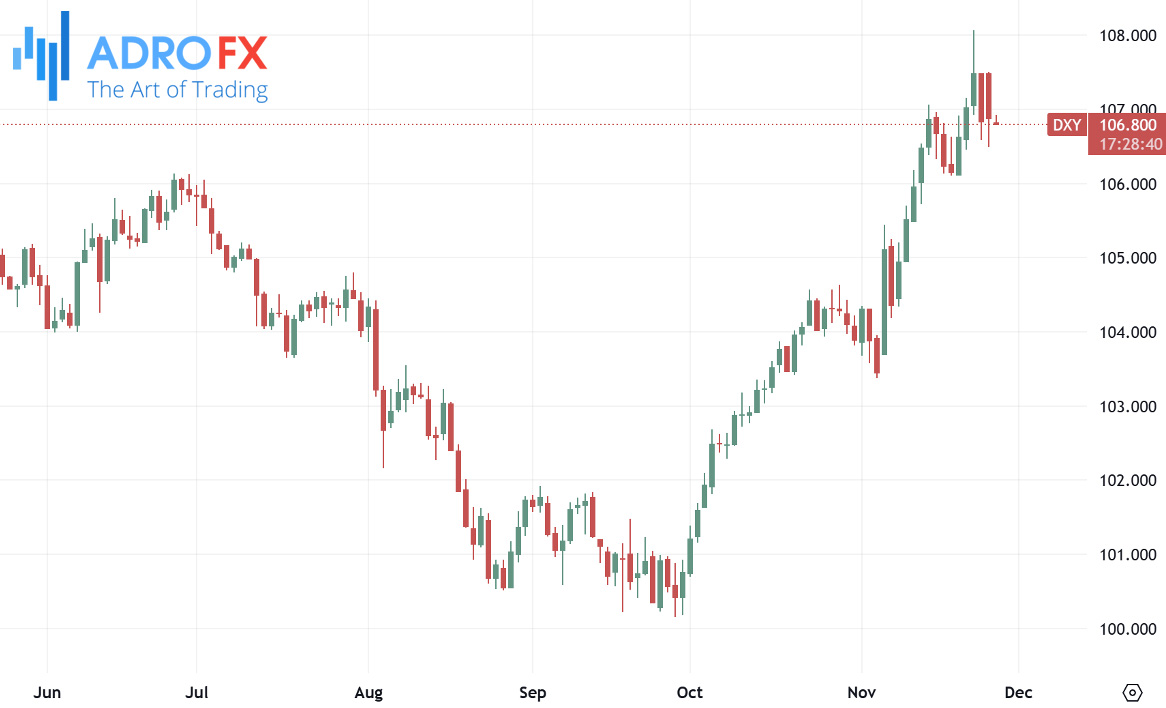Markets Surge as Investors Navigate Key Policy Shifts and Currency Trends | Daily Market Analysis

Key events:
- USA - Core PCE Price Index (MoM) (Oct)
- USA - Core PCE Price Index (YoY) (Oct)
- USA - Durable Goods Orders (MoM) (Oct)
- USA - GDP (QoQ) (Q3)
- USA - Initial Jobless Claims
- USA - Chicago PMI
- USA - Crude Oil Inventories
The S&P 500 and Dow Jones Industrial Average surged to record highs on Tuesday as investors analyzed President-elect Donald Trump's proposed trade policies, including potential tariff hikes on imports from China, Canada, and Mexico. The Dow rose 0.3% to close at 44,860.31, while the S&P 500 gained 0.6%, ending at 6,021.80. The NASDAQ Composite also climbed 0.6%, reflecting overall bullish sentiment.

Despite uncertainties surrounding the trade agenda, these record-breaking gains in US indices are fueled by optimism around potential fiscal policies that could stimulate economic growth. Investors are weighing Trump’s tariff rhetoric against broader market trends, particularly as fiscal expansion and tax reforms dominate expectations for the next administration.
The Australian Dollar halted its three-day losing streak on Wednesday, bolstered by a subdued US Dollar and a confident policy stance from the Reserve Bank of Australia. Optimism in global bond markets further aided the AUD.

Australia’s Consumer Price Index (CPI) showed a 2.1% year-over-year increase in October, matching the previous month but falling below market expectations of 2.3%. This marks the lowest inflation rate since July 2021 and aligns with the central bank's target range of 2%-3% for the third consecutive month. The RBA’s forward-looking policy approach suggests room for further interest rate adjustments, providing stability for the Australian currency.
The New Zealand Dollar rebounded against the USD following the Reserve Bank of New Zealand’s decision to lower its Official Cash Rate (OCR) by 50 basis points to 4.25%. This marks the third rate cut in recent months, with reductions in August and October signaling a proactive effort to address economic headwinds and ease inflationary pressures.

RBNZ Governor Adrian Orr reiterated that further rate cuts might follow, contingent on economic developments, with a potential reduction of 50 basis points anticipated in February 2025. Inflation in New Zealand has returned to the central bank’s target range of 1%-3%, reinforcing the rationale for these policy measures.
The British Pound advanced against the USD, with the GBP/USD pair trading near 1.2570 during early European hours on Wednesday. A pause in the USD’s rally, alongside trader anticipation for the upcoming US Core Personal Consumption Expenditure (PCE) inflation data, contributed to the Pound’s strength.

The Bank of England has maintained a cautious stance on interest rate cuts, with policymakers, including Deputy Governor Clare Lombardelli, emphasizing the need for clearer signs of easing inflation before further action. This gradual approach has provided near-term support for the GBP, reflecting investor confidence in the BoE’s measured response to economic conditions.
The Japanese Yen experienced a modest boost as global market uncertainty and Trump’s tariff threats increased demand for safe-haven assets. However, substantial gains for the JPY were limited due to political uncertainties within Japan, which may restrict the Bank of Japan from pursuing aggressive monetary tightening.

Adding to this dynamic, the Middle East witnessed a partial de-escalation following a ceasefire agreement between Israel and Hezbollah, which tempered risk-averse sentiment. Nonetheless, upcoming US macroeconomic data, including Q3 GDP estimates and PCE inflation figures, remain critical for traders assessing the JPY’s trajectory.
The USD index, which measures the dollar against a basket of major currencies, hovered near a weekly low of 106.85 as traders awaited US Core PCE inflation data. Although the Federal Reserve’s November meeting minutes highlighted confidence in inflation trends and the labor market, officials signaled that future rate cuts are likely to be gradual and data-dependent.

This tempered outlook has created mixed sentiment for the USD, keeping traders cautious about the currency’s near-term direction.
Global financial markets are in a state of flux, with equities hitting new highs and currencies reacting to central bank policies and geopolitical factors. While US markets remain buoyant, currencies such as the AUD, NZD, GBP, and JPY are navigating a complex environment shaped by inflation trends, interest rate decisions, and international policy developments. Investors and traders alike are watching key economic indicators closely as they position themselves for the next wave of market movements.









